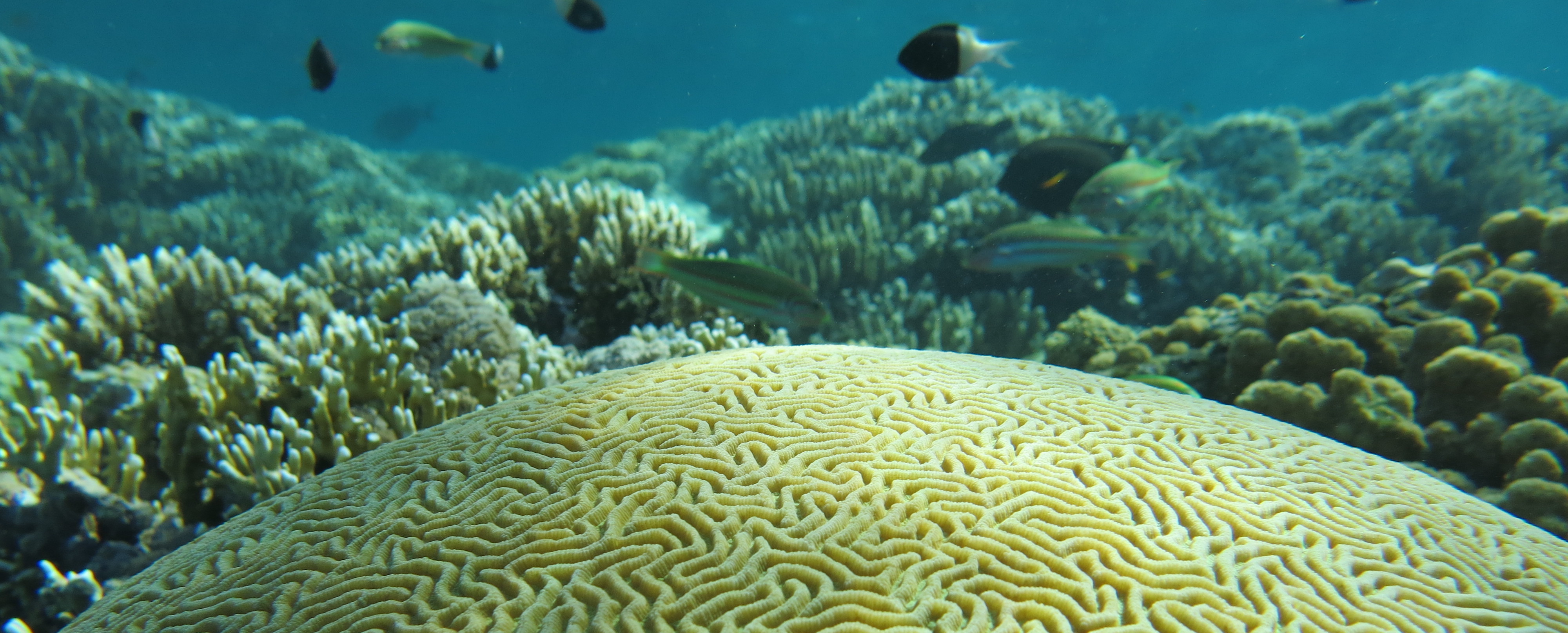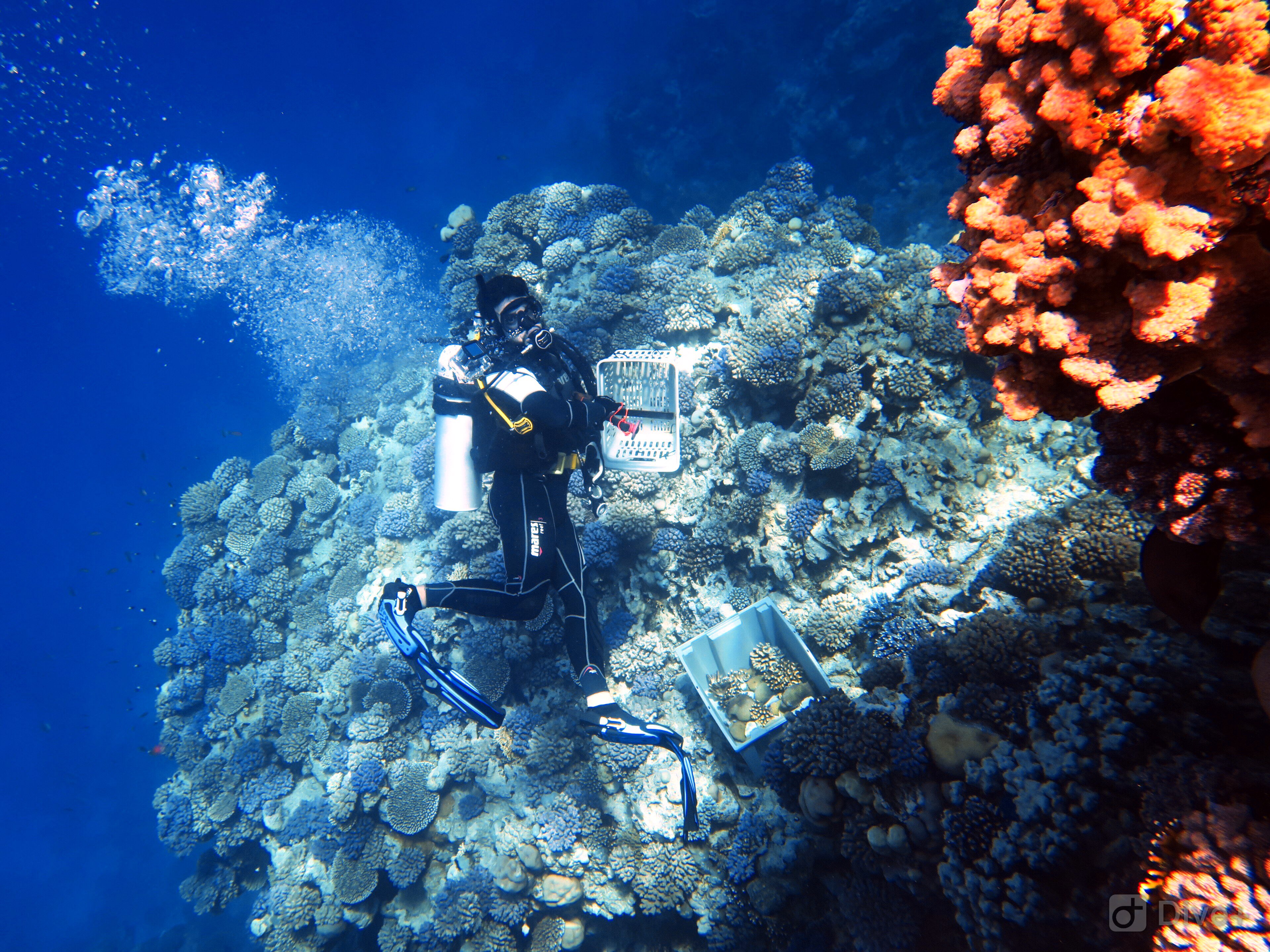Postdoctoral Fellows
Current
B2/L2 – Sea Side – 2217-WS02
In 2009 I moved to Australia to explore the Great Barrier Reef. My PhD thesis, entitled “The ecological and evolutionary significance of reproductive traits in corals”, was carried out at the Australian Institute of Marine Science (AIMS), Townsville, and the Institute for Marine and Antarctic Studies (IMAS), Hobart. My PhD research expanded our current understanding of species boundaries, reproductive divergences and phenotypic traits in corals and prompted a paradigm shift regarding the species status and distribution of one of the most extensively studied coral species, Pocillopora damicornis.
After my PhD I continued my research at the University of Tasmania until I took up a postdoctoral position in 2015 at the University of Oldenburg in the Gerlach Lab. In Oldenburg I shifted my research interest towards ecophysiology. I examined the acclimation and adaptation potential of a coral model species, the sea anemone Exaiptasia pallida, to future temperature scenarios using a variety of physiological parameters. I joined the Aranda Lab at KAUST in April 2017 to complement this research with a deeper genomic and epigenetic understanding.
Our current research efforts were recently featured in a documentary by Alexis Barbier-Bouvet published on France24.
My questions are evolutionary and ecologically driven with a particular interest in how processes like acclimation and phenotypic plasticity affect or influence mechanisms of genetic adaptation under environmental change in marine organisms. I use the sea anemone Aiptasia pallida and the brain coral Platygyra daedalea to examine these questions.

Photo: Sebastian Schmidt-Roach
Saudi Arabia’s unique geographical position between two desert seas, the Red Sea in the west and the Arabian Gulf in the East, allows us access to some of the warmest coral reefs in the world. While corals in the Northern Red Sea experience summer maximum temperatures around 27°C, the Southern Red Sea is regularly exceeding 32°C summer maximum temperature. In addition, Saudi Arabian waters of the Arabian Gulf are known to exceed 34°C summer maximum, granting us access to one of the hottest places for coral reefs in the world.

Photo: Susann Rossbach
With a Red Sea coastline that is about 2000 km long, we can access locations along a vast temperature gradient and study populations that inhibit different environments. Our aim is to understand the thermal tolerance of different coral populations and its genomic drivers along the latitudinal gradient. To tackle these questions, we are currently conducting a set of common garden experiments. Understanding the unique thermal tolerance of Arabian corals may allow us to find strategies that help to prepare other populations for the predicted temperature changes associated to the ongoing rapid climate change.

Photo: Susann Rossbach